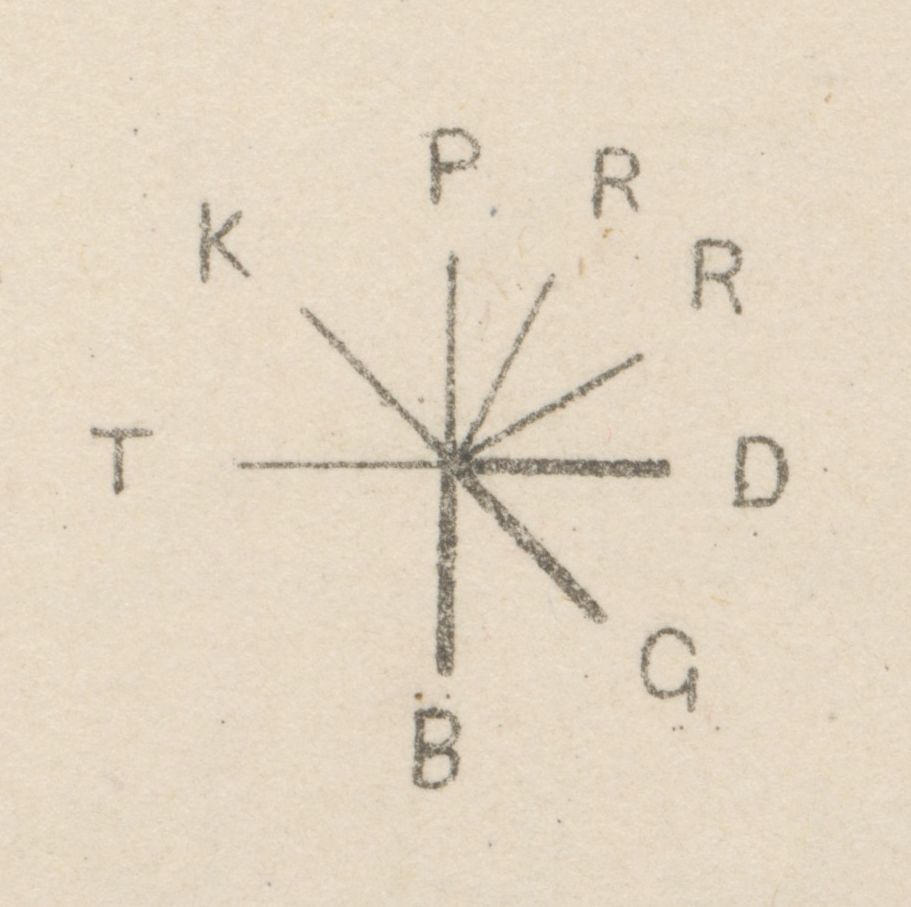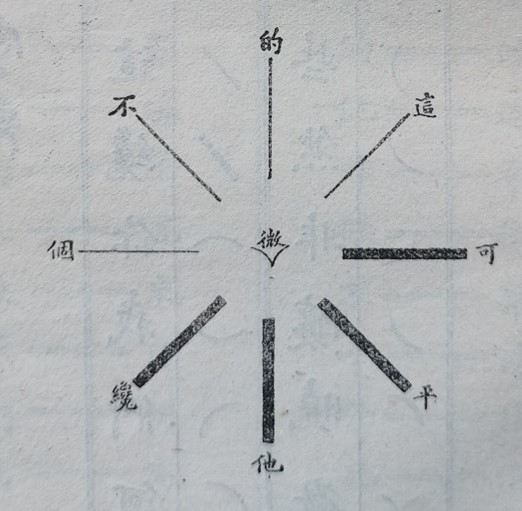Tom Staniforth takes a closer look at the Pitman shorthand archives and Victorian intrigue surrounding logographic writing
When Jesuits from Europe reached China in the late Ming dynasty (1368-1644), they found a striking difference between the Chinese writing system and their own Latin-based script. In the following centuries, colonial expansion would bring with it a growing curiosity into the cultures and peoples of the mysterious ‘Orient’, particularly the so-called ‘logographic’ Chinese writing system. By the 18th century, theories such as those of Scottish philosopher Adam Smith(1), relating to the origin and development of society from the primitive (hunter-gatherer) to the enlightened (commerce) had spread around the Western world. By the time Darwin’s On the Origin of Species was published in 1859, Chinese writing had come to be regarded by many as inferior to alphabetic scripts, derided as a system that had yet to ‘evolve’. Interestingly, Chinese scholars of the period held similarly disparaging views of Western phonetic-based scripts, arguing that they failed to convey complex or precise semantic content and were only suited for use in less sophisticated societies.

Opinion towards non-alphabetic scripts would change dramatically as Modernity approached, however, with growing sentiment that the ‘ideographic’ quality of Chinese characters could be the key to solving the problem of universal communication in an increasingly globalized world. Studies into the application potential of logographic scripts by renowned thinkers such as Leibniz(2) gained a new impetus in philological circles, and new explorations into the relationship between speech and writing produced numerous new writing systems. Many of these were idealistically marketed as ‘universal writing’, others wielded impressive names such as ‘brachygraphy’, ‘tachygraphy’, ‘stenography’. Today most of these systems are simply referred to as ‘shorthand’.

Shorthands sought to answer a wide range of problems presented by written language: fidelity in writing, ease of learning, phonetic accuracy, speed of encoding information. The most successful of the early shorthands was ‘Stenographic Sound-hand’, later ‘Phonography’, a system designed by Isaac Pitman in the 1830s. In 1839 Pitman moved to Nelson Place in Bath and began disseminating his new script, billing it as, ‘a natural method of writing all languages by one alphabet’. Later known simply as ‘Pitman’, the system would become famous for its speed, and infamous for its high volume of ‘grammalogues’, that is, shorthand symbols that represented words at a word level, similar to how logographic scripts work. Pitman and its adaptations immediately spread around the world, blurring the distinction between phonographic and logographic writing. By 1896 a shorthand manual entitled Chuanyin Kuazi 傳音快字 had been published in China by Cai Xiyong 蔡錫勇, challenging the dominance of Chinese characters. A Chinese interpreter in the United States, Cai had studied a Pitmanic shorthand known as Lindsley’s Tachygraphy while abroad. On his return to China, Cai presented his system as an alternative to ‘difficult’ Chinese characters, a compromise between logograms and grammalogues. Though the system did not succeed in this respect, it proved to play an influential role in the Latinization movement (拉丁化运动), eventually leading to the adoption the pinyin romanization scheme in wide use in China today.
(1) See Smith (1776) An Inquiry into the Nature and Causes of the Wealth of Nations.
(2) Leibniz wrote about what he called characteristica universalis in many of his letters, holding a lifelong interest in the communicative potential of pictograms and ideograms.